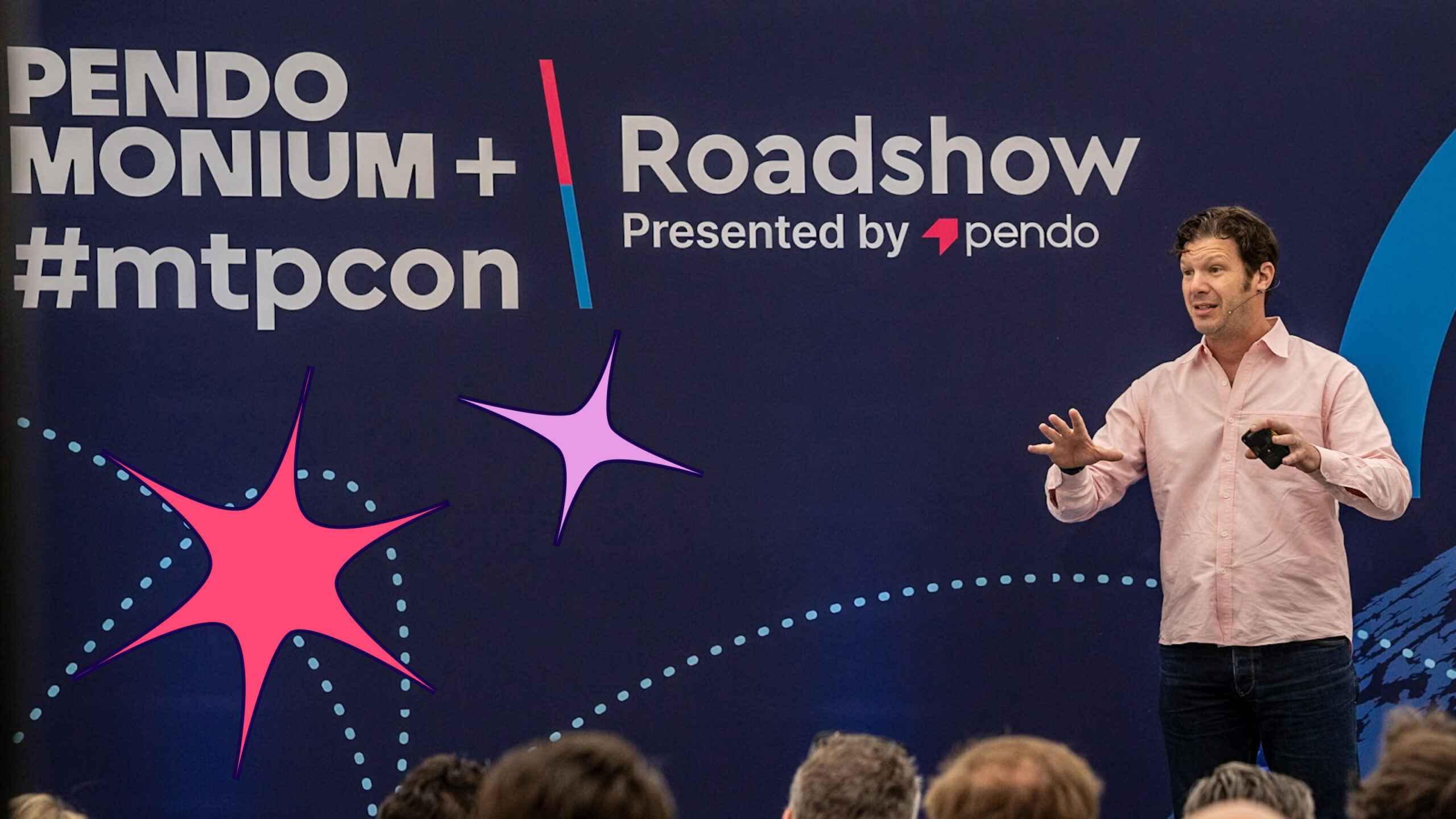How embracing digital adoption helps learning and development teams thrive
When you’re working in sales, marketing, or engineering, you’re doing work aimed at the customer in one form or another. When you work in HR, specifically in learning and development (L&D), however, the picture is more complicated: Your fellow employees are your customers. And as is the case with traditional customers, employees come with different pain points, from different backgrounds, and in general have their own set of wants and needs.
In order to provide them with the best learning experience, high-performing L&D teams segment their learners into different target audiences (new hires, aspiring managers, high potentials, etc.) so they can meet employees where they are and put them on the path to growth and engagement at work. To meet this goal in today’s transforming workplace, the right digital adoption solution is essential.
The product-led path
On a high level, the pain point learning and development teams address is simple: how to provide the right content at the right time in a way that engages and retains talent. But on closer examination, this is a challenge that manifests itself in numerous ways and across various dimensions in the workplace. The best way to overcome it is by embracing a product-led mindset. That starts with asking: What is the problem you’re trying to solve?
Although sometimes learning or engagement problems and gaps are obvious, that is not always the case. L&D teams should take a proactive approach and leverage the robust analytics that a digital adoption solution such as Pendo Adopt has to offer. By examining employee behavior within and across apps, learning and development teams will be able to glean insights about areas in which employees may be struggling and discover a learning challenge that was not readily apparent.
An agile approach
Once teams have identified an L&D problem to be solved (i.e., a learning objective), ideally they should take an agile approach to designing their learning solution around it. That means not over-engineering things, but rather getting a minimum-viable version of it to “market”–that is, to employees–in order to start the feedback process and refine the content and learning experience as necessary. The right digital adoption solution is a great means to execute this process.
For example, imagine the L&D team was called upon to enable a new people process–say a talent planning exercise hosted on a new software platform. Rather than recording a long and tedious walkthrough video or putting together a cumbersome text document with screenshots and arrows of where to click, an agile L&D team could use a digital adoption solution to deploy a guide or enable best practices seamlessly within the new platform. In doing so, they meet employees in the very place and at the very time they need guidance most. This is a more effective approach that arguably takes less L&D resources to implement.
Using a digital adoption solution such as Pendo also means that employees will be able to give feedback on training and enablement instantaneously–again meeting them right where they are, within an app or software platform. This helps agile L&D teams get the iteration process underway as soon as possible. What’s more, it allows for segmentation and customization based on the unique needs of different target audiences. People working in different roles may give different feedback, leading to L&D tailoring its approach based on role or even an individual’s own preferences. By dispensing with a one-size-fits-all approach, teams can make their guidance more relevant. And by putting it within an app, they’ll ensure employees have easy access to it, increasing retention of material and employee satisfaction in the process.
Remember (and communicate) the end goal
Rather than overwhelming employees with training for training’s sake, the best learning and development teams know that the experiences and guidance they create serve a real business need. They also know that the employees they work with all have day jobs, meaning it’s important not to waste their time and to communicate the value of the training in question. If a given people-oriented training has been shown to, for example, increase employee productivity or managerial effectiveness, L&D teams can leverage a digital adoption solution to contextualize the training and let employees know of the payoff as they’re going through it.
A sense of growth and development is a key driver of employee engagement, particularly in tech companies. In order to ensure their employees continue to find meaning and reward in the work they do, there’s no better way for learning and development teams to go about their jobs than through leveraging a digital adoption solution.


